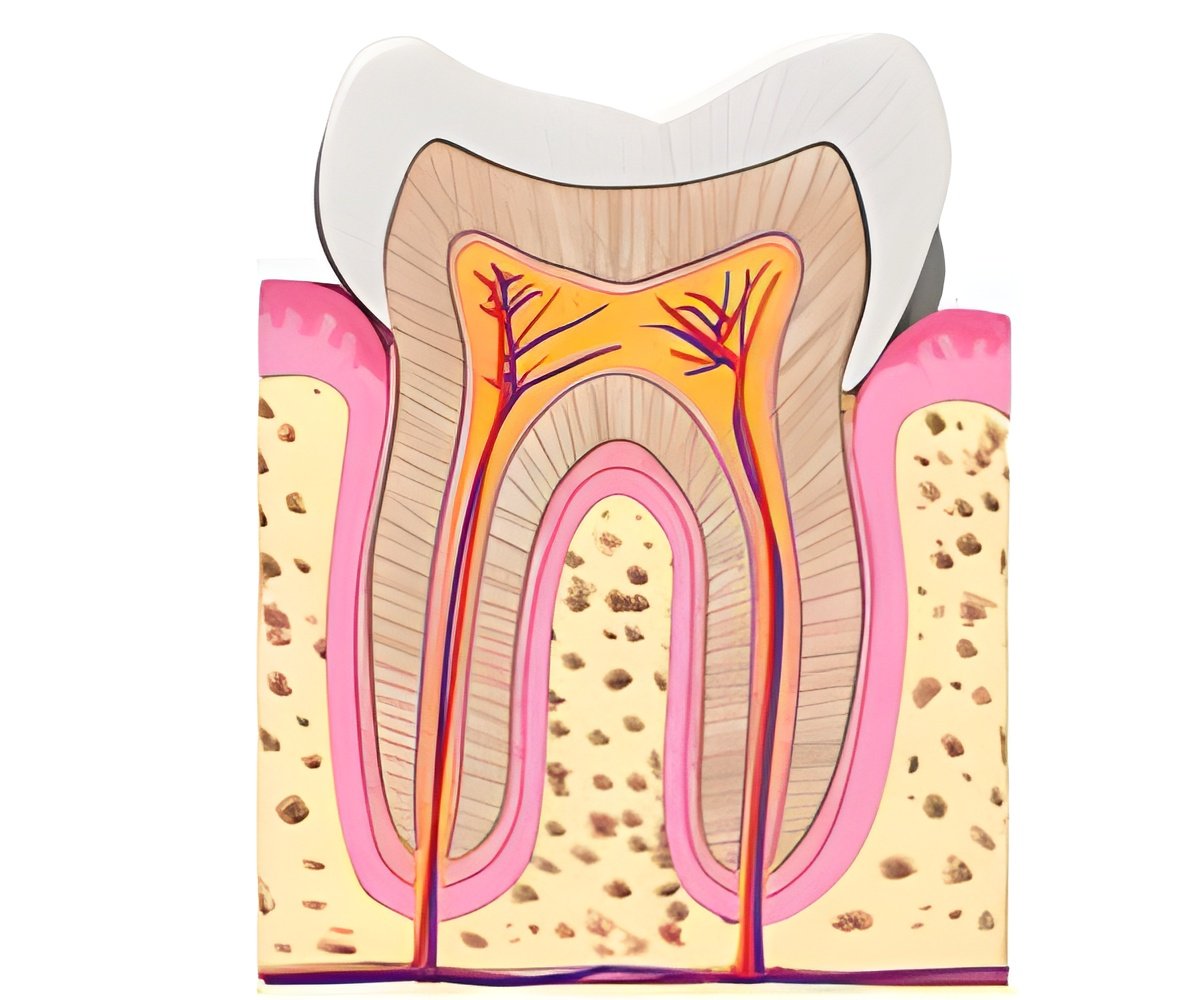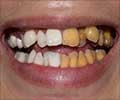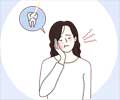A new study published in the journal PLoS ONE reveals new evidence of early human dentistry after researchers found a 6,500 year old human jaw bone in which a tooth showed traces of beeswax filling.

According to Tuniz, the severe wear of the tooth "is probably also due to its use in non-alimentary activities, possibly such as weaving, generally performed by Neolithic females."
Evidence of prehistoric dentistry is sparse, so this new specimen, found in Slovenia near Trieste, may help provide insight into early dental practices.
"This finding is perhaps the most ancient evidence of pre-historic dentistry in Europe and the earliest known direct example of therapeutic-palliative dental filling so far", says Bernardini.
Source-Eurekalert













